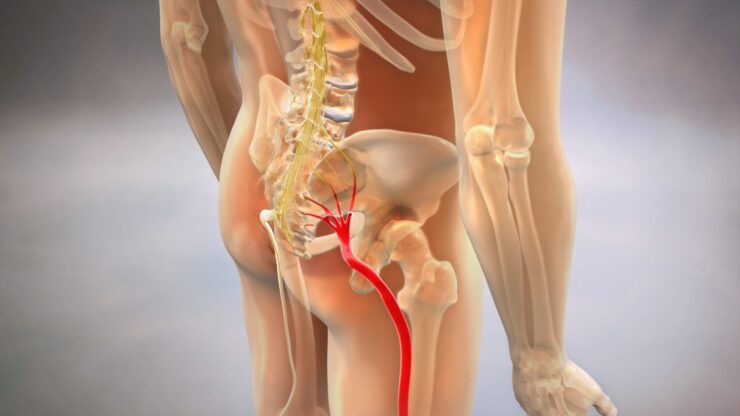Sciatica, a painful condition caused by the compression or irritation of the sciatic nerve, can be a real pain in the backside – quite literally. While it often manifests as a persistent ache, tingling, or burning sensation in the lower back, buttocks, and down one leg, it can sometimes flare up unexpectedly, causing sharp and debilitating pain. Understanding the triggers of sciatica flare-ups and effective remedies can help you manage this condition more effectively.
Understanding Sciatica

Before delving into the triggers and remedies for sciatica flare-ups, it’s important to grasp what this condition entails. It occurs when the sciatic nerve, which runs from your lower back down each leg, becomes irritated or compressed. This irritation can stem from various factors, leading to discomfort and pain.
Common Triggers of Sciatica Flare-Ups
Common triggers of sciatica include herniated discs, spinal stenosis, prolonged sitting, poor posture, and obesity. A herniated disc occurs when the inner core protrudes, pressing on the sciatic nerve, leading to irritation and pain. Spinal stenosis, commonly associated with aging, narrows the spinal canal, compressing the sciatic nerve. Prolonged sitting, especially without breaks, elevates nerve pressure. Poor posture, whether during sitting, standing, or lifting, strains the lower back and worsens symptoms. Obesity places added stress on the spine, intensifying sciatic discomfort. Understanding these triggers is crucial for managing sciatica and minimizing the risk of painful flare-ups.
Effective Remedies for Sciatica Flare-Ups

Physical Therapy: A targeted exercise regimen prescribed by a physical therapist is one of the best sciatica remedies and can help alleviate sciatic pain. Strengthening core muscles and improving flexibility can provide relief and reduce the risk of flare-ups.
Hot and Cold Therapy: Applying heat or ice to the affected area can help reduce inflammation and soothe pain during a flare-up. Alternating between hot and cold packs can be especially effective.
Medications: Non-prescription pain relievers like ibuprofen or prescription medications, including muscle relaxants or nerve pain medications, can be prescribed by a healthcare professional to manage severe sciatic pain.
Epidural Steroid Injections: For severe cases, doctors may recommend epidural steroid injections to reduce inflammation and provide temporary relief.
Lifestyle Changes: Avoid sitting for prolonged periods, maintain proper posture, and make ergonomic adjustments to your workspace. Losing weight, if necessary, can also alleviate pressure on the sciatic nerve.
Surgery: In extreme cases, surgical intervention may be necessary to relieve symptoms. This is usually considered when other treatments have not provided sufficient relief.
Lifestyle Factors: Influencing Sciatica Flare-Ups
Your lifestyle plays a significant role in the frequency and intensity. Factors like a sedentary routine, lack of exercise, and poor dietary choices can contribute to obesity and exacerbate sciatic discomfort. Adopting a more active lifestyle, maintaining a healthy weight, and practicing proper ergonomics can help reduce the impact of these lifestyle factors on flare-ups.
Conclusion
Understanding the triggers and remedies for sciatica flare-ups is crucial for effectively managing this condition. It’s essential to consult with a healthcare professional to develop a personalized treatment plan that addresses your specific needs and helps you regain control over your life, free from the pain and discomfort of sciatica.

